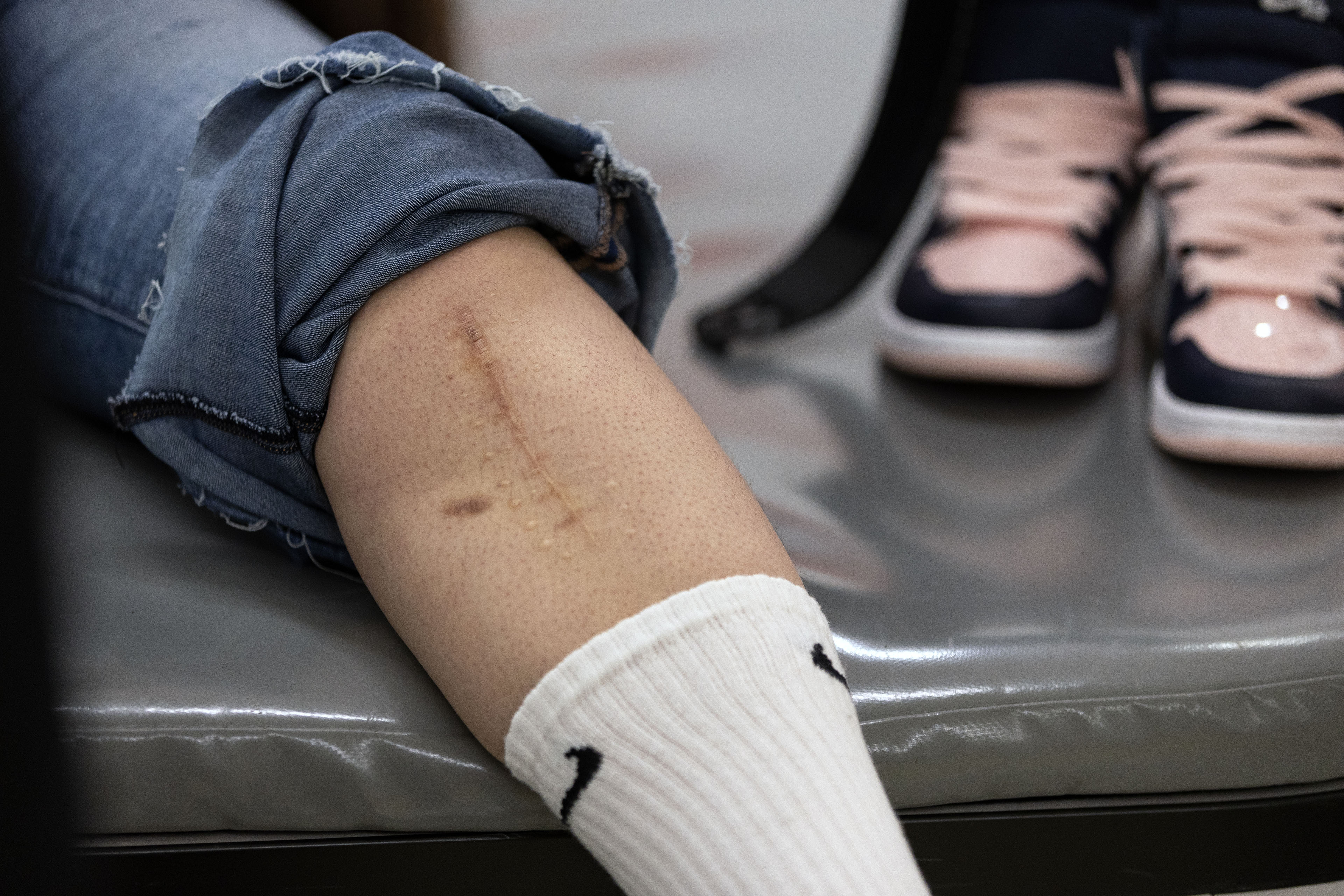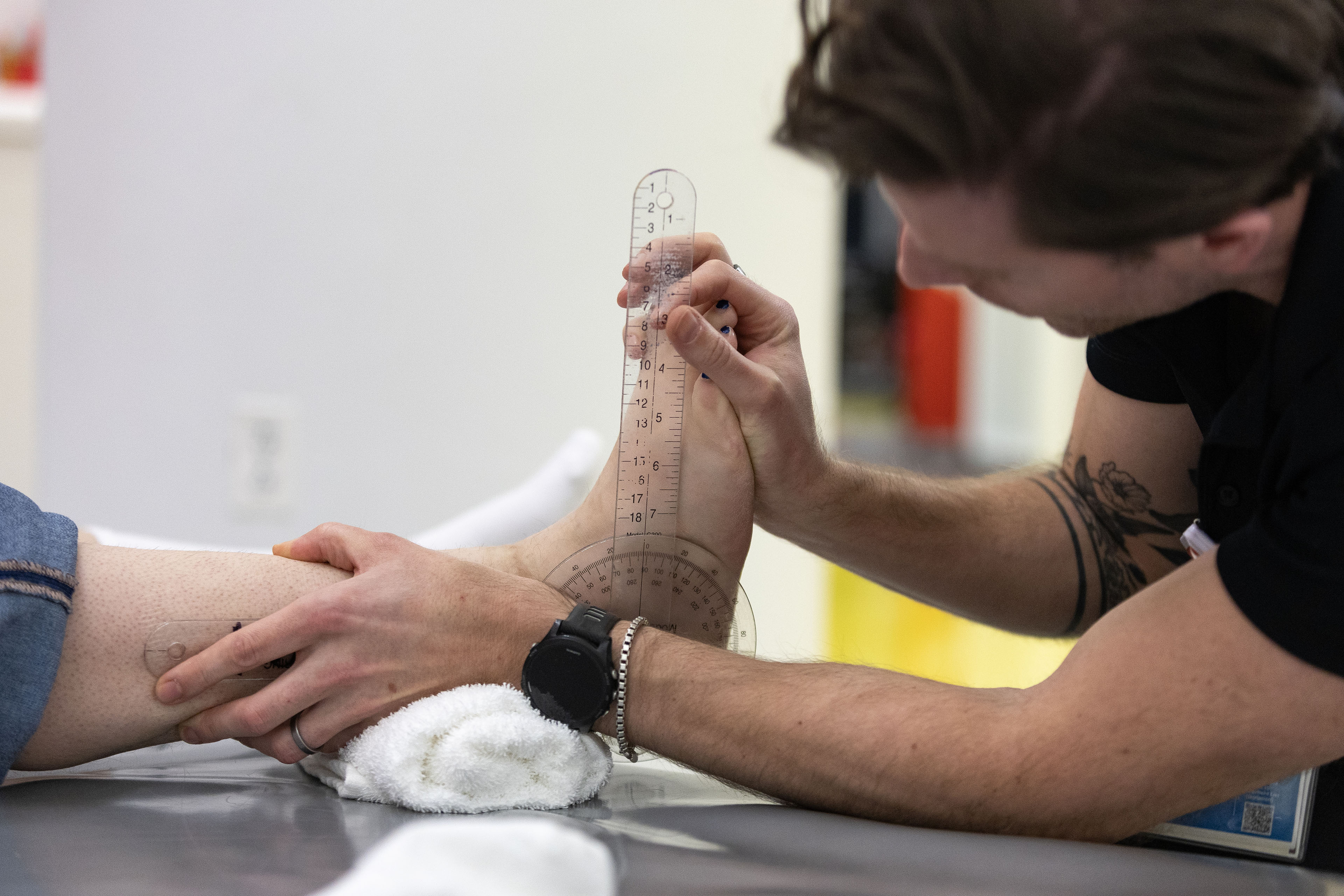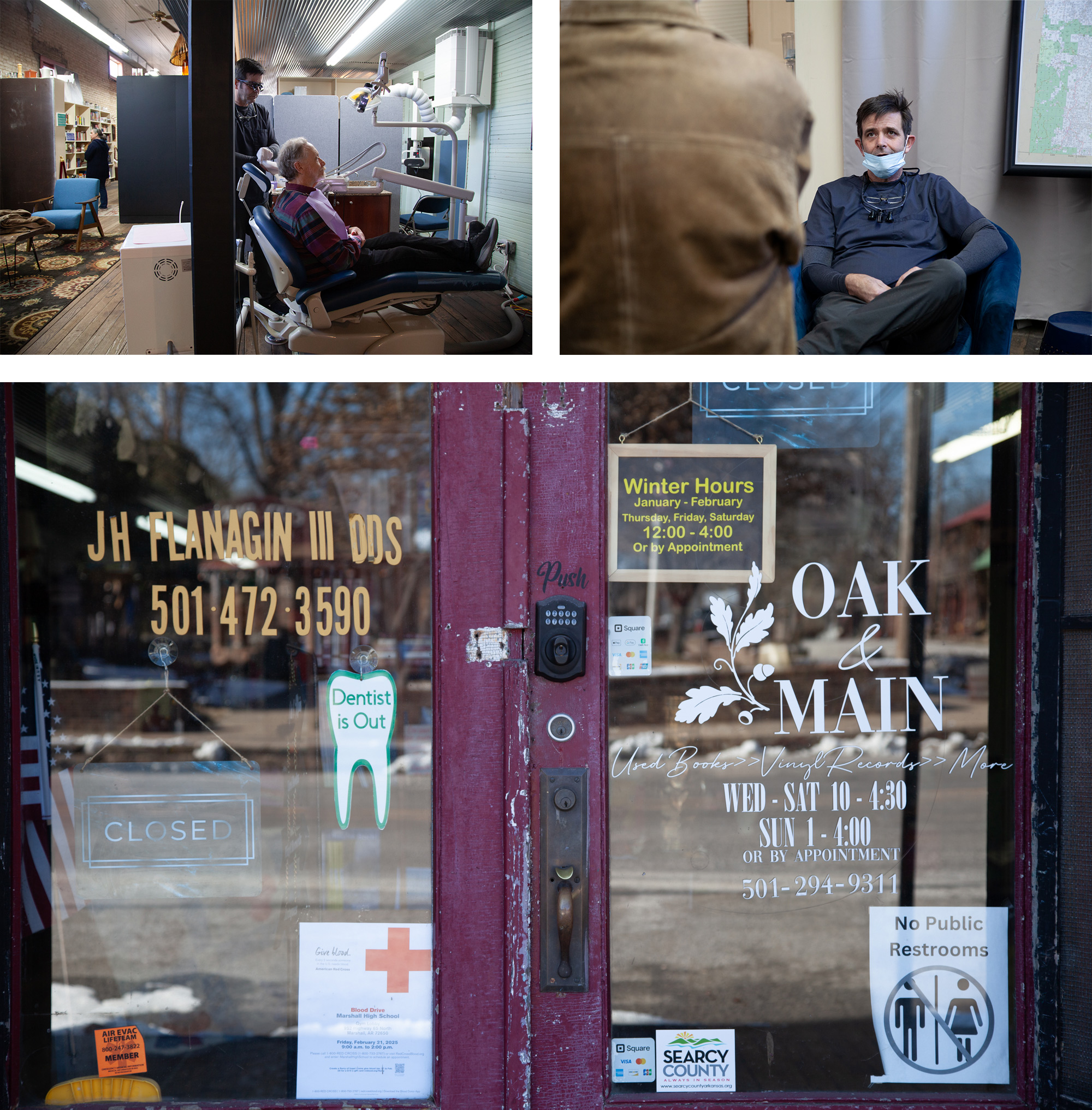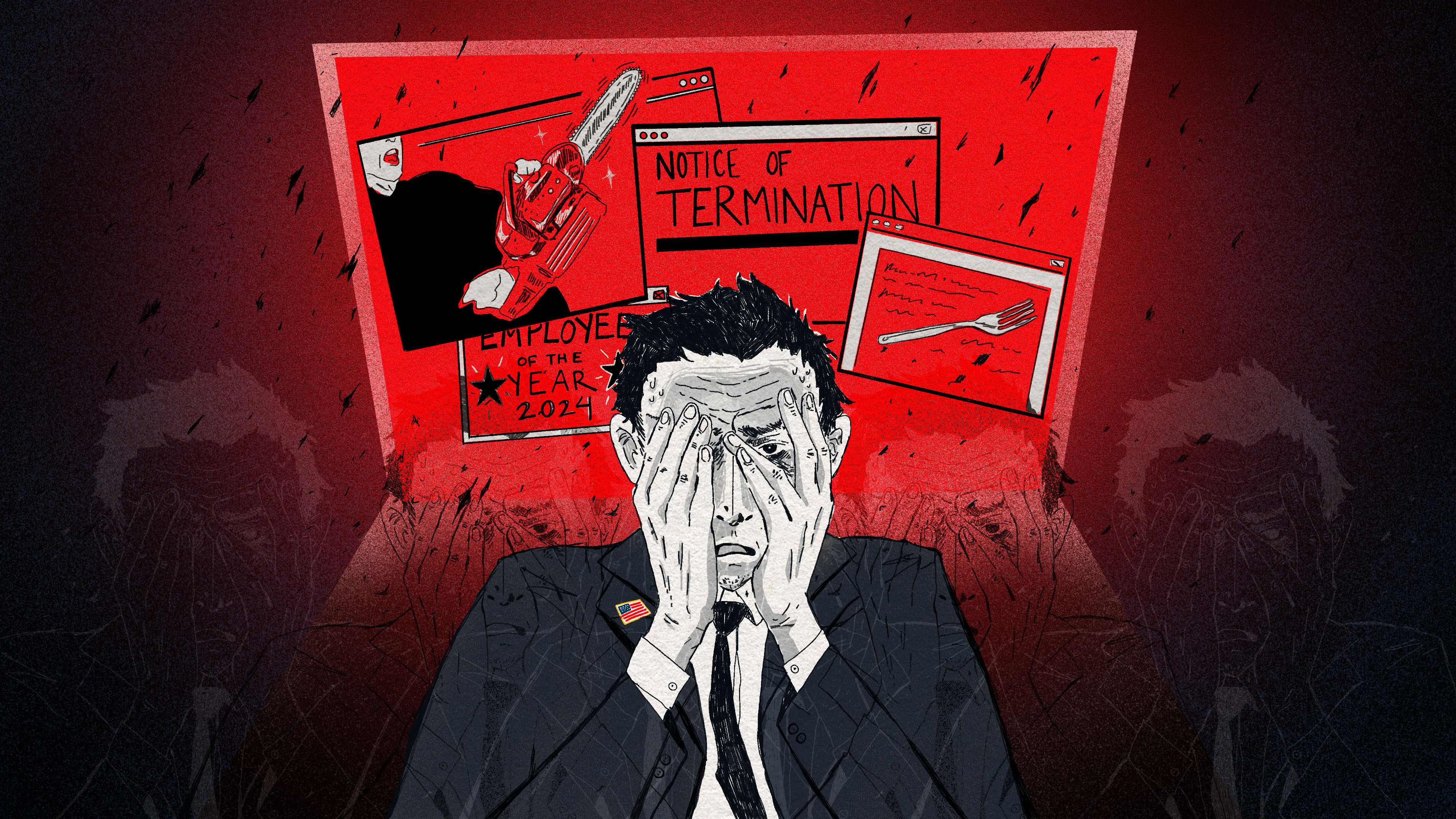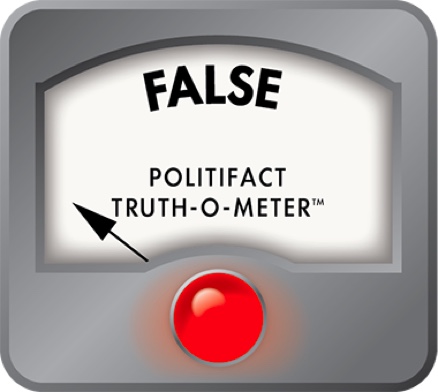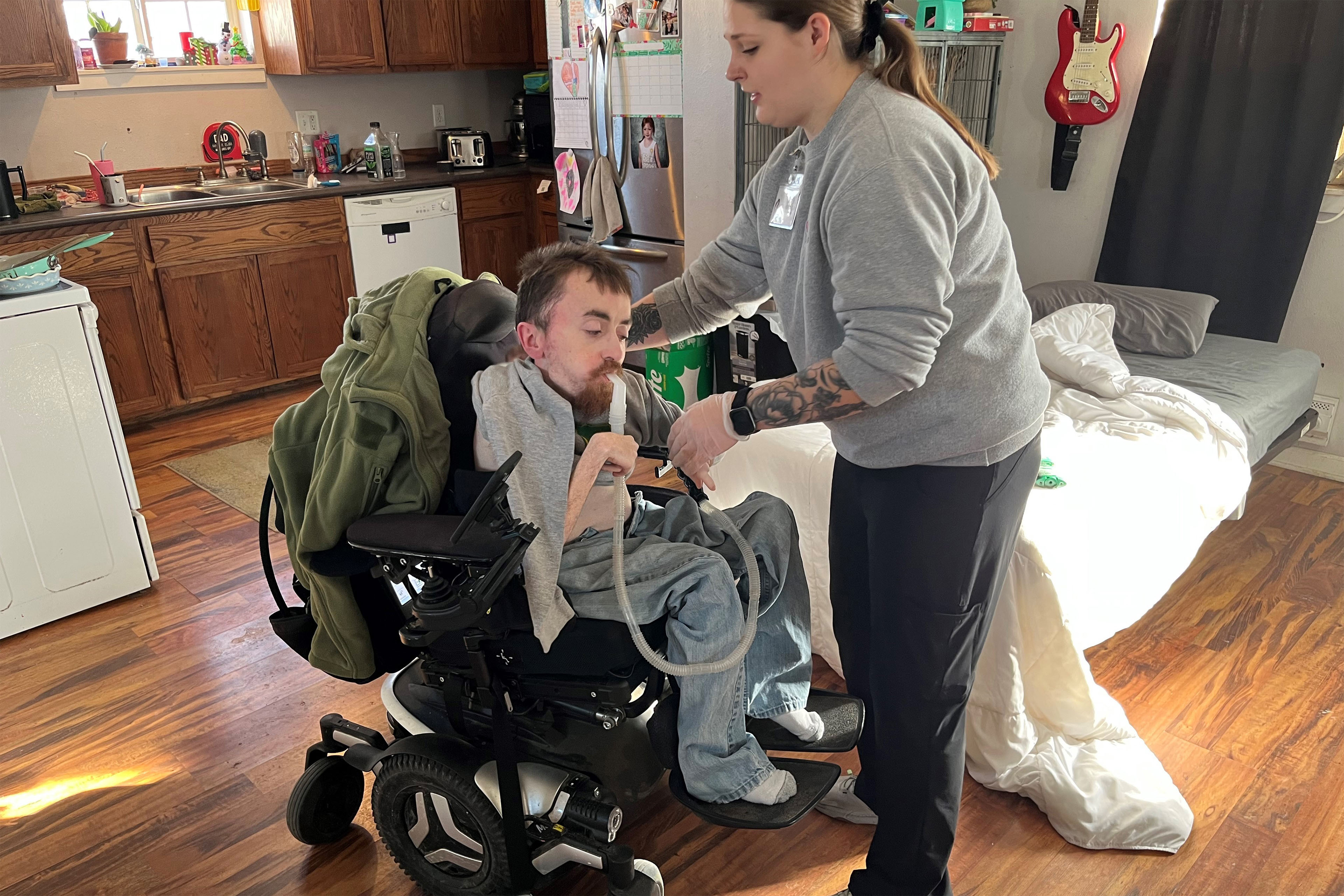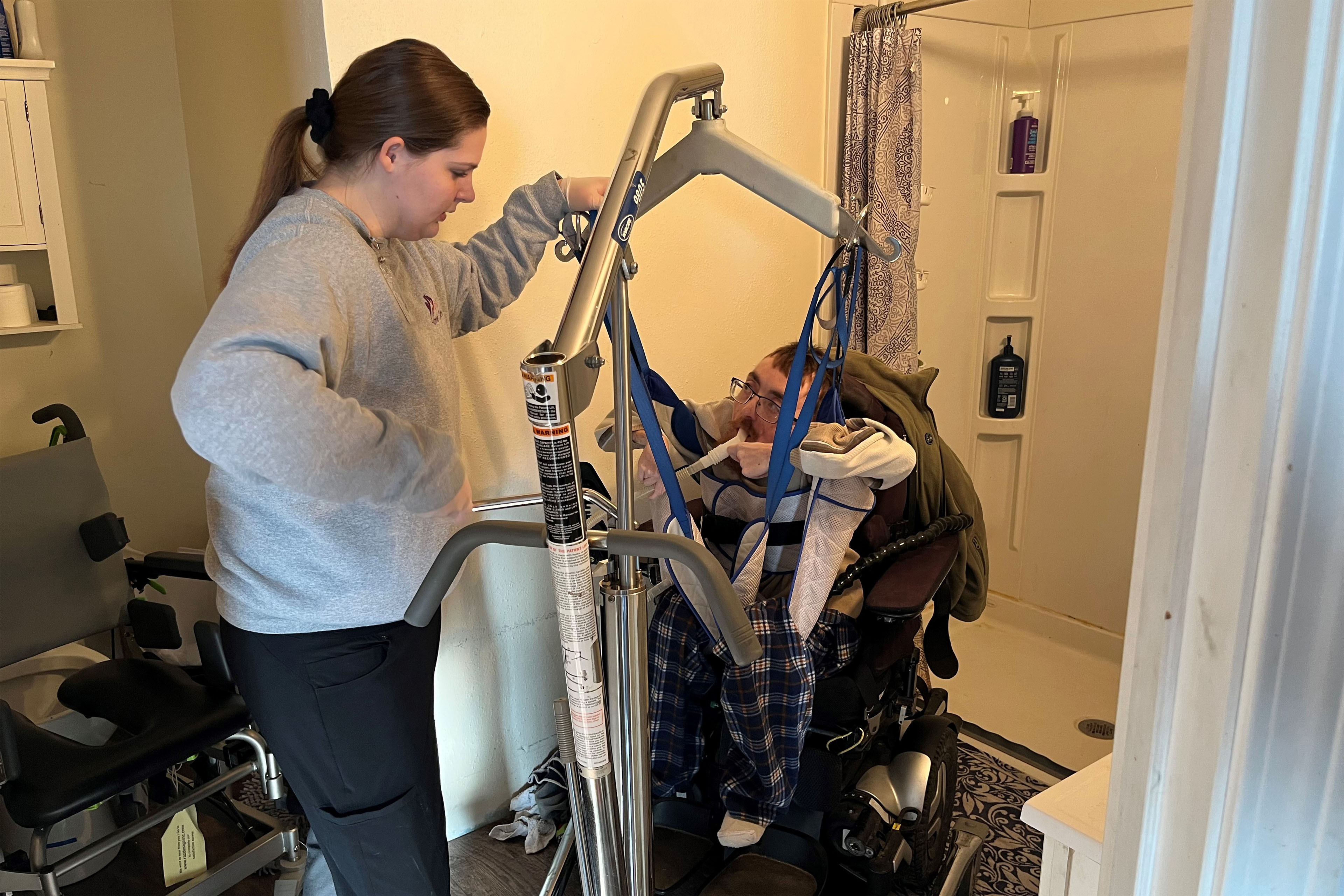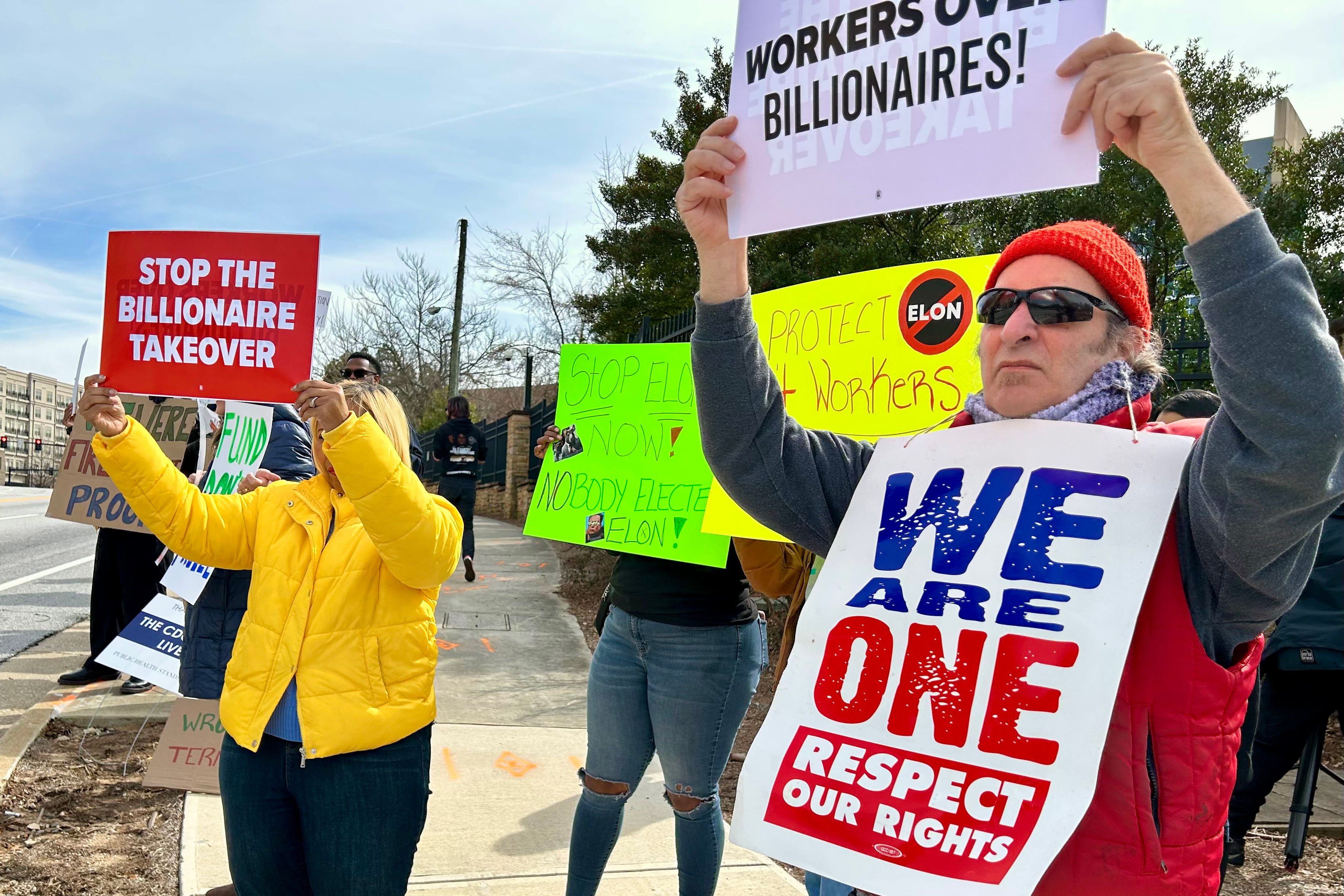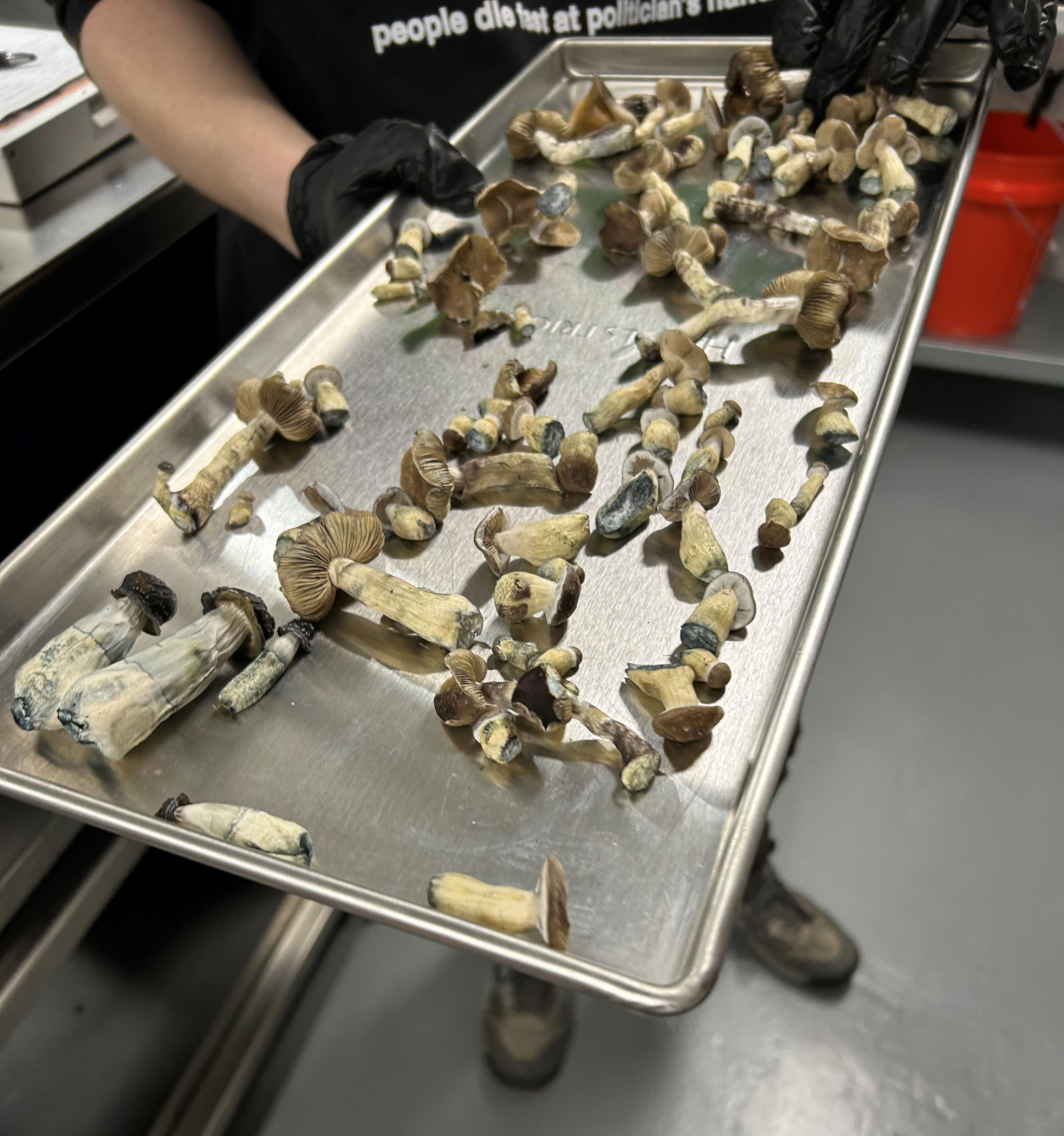Tim Winard knew he needed to buy health insurance when he left his management job in manufacturing to launch his own business.
It was the first time he had shopped around for coverage, searching for a plan that would cover him and his wife, who was also between jobs at the time.
“We were so nervous about not being on a company-provided plan,” Winard said.
After speaking with an insurance agent, he decided against enrolling in an Affordable Care Act plan because he was concerned about the potential cost. Instead, he chose a short-term policy, good for six months.
Six months later, Winard was still working on starting his business, so he signed up for another short-term policy with a different insurer that cost about $500 a month.
When he needed a colonoscopy, Winard, 57, called his insurance company. He said a representative told him to go to any facility he wanted for the procedure.
Early last year, he had the colonoscopy at a hospital in Elmhurst, Illinois, not far from his home in Addison.
The procedure went well, and Winard went home right afterward.
Then the bill came.
The Medical Procedure
Periodic colon cancer screening is recommended for people at average risk starting at age 45 and continuing until age 75, according to the U.S. Preventive Services Task Force. In addition to those for preventive purposes, doctors may order colonoscopies to diagnose existing concerns, as was the case for Winard.
There are several ways to screen, including noninvasive stool tests. A colonoscopy allows clinicians to examine and remove any polyps, which are then tested to see whether they are precancerous or malignant.
The Final Bill
$10,723.19, including $1,436 for the anesthesia and $1,039 for the recovery room. After an insurance discount, his plan paid $817.47. Winard was left owing $7,226.71.
The Billing Problem: A Short-Term Plan, With Coverage Caps and Gaps
Short-term, limited-duration insurance policies do not have to follow rules established under the ACA because they are intended to be only temporary coverage.
As Winard experienced, benefits within the plans can vary, with some setting specific dollar caps on certain types of medical care — sometimes far below what it costs. What’s covered can be hard to parse, and the insurer generally gets the last word on interpreting its rules.
While some short-term policies look like comprehensive major medical policies, all come with significant caveats. Most have limits that people accustomed to work-based or comprehensive ACA plans may find surprising.
All short-term insurance carriers, for example, screen applicants for health conditions and can reject them because of health problems or exclude those conditions. Many do not include drug coverage or maternity care.
The fact that short-term plans can cover fewer services, conditions, and patients is why they are generally less expensive than an unsubsidized ACA plan.
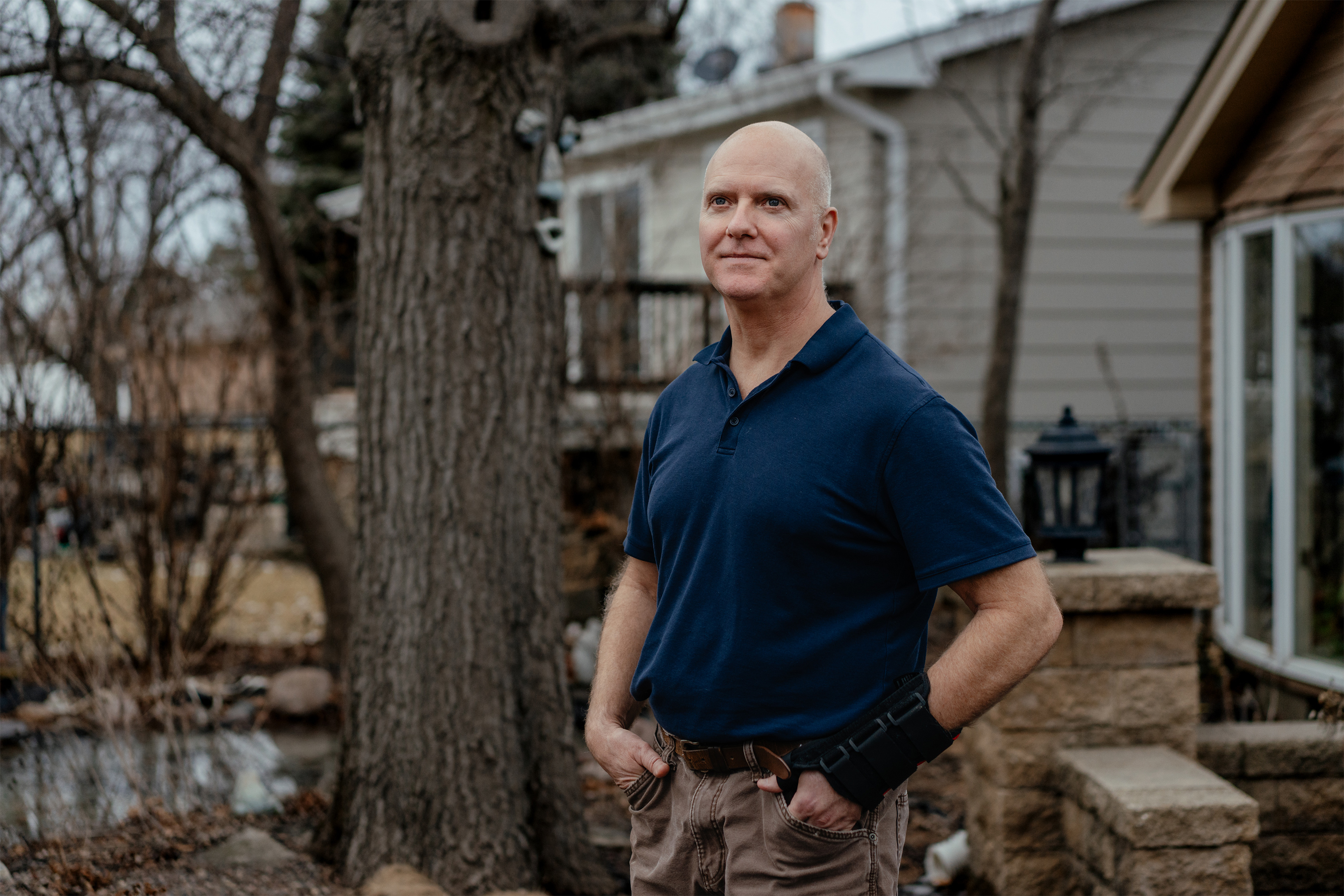
policies and short-term plans. His advice? Don’t rely solely on marketing materials and always get a
cost estimate before a nonemergency procedure.(Jamie Kelter Davis for KFF Health News)
“The general trade-off is lower premiums versus what the plans actually cover,” said Cynthia Cox, vice president and director of the program on the ACA at KFF, a health information nonprofit that includes KFF Health News, the publisher of California Healthline. “But the reason short-term plans are priced lower than a more comprehensive ACA plan is that they can deny people with preexisting conditions and don’t have to cover a lot of essential health benefits.”
Stunned that he owed more than $7,000 for his colonoscopy, Winard contacted his insurance company, Companion Life Insurance of Columbia, South Carolina.
An insurance representative told him in an email that it classified the procedure and all its costs, including the anesthesia, under his policy’s “outpatient surgery facility” benefit.
That benefit, the email said, capped insurance payment “within that facility” to a maximum of $1,000 per day.
That definition surprised Winard, who said he read his policy to mean that there was a cap on what could be charged for the facility itself — not for all the care he received there.
“I interpreted it to be a facility like a recovery room or surgery room,” he said. “They defined it to include any services at an outpatient facility.”
His plan says it covers colon cancer screening at 80% after patients meet their deductible. It also covers 80% of the cost of drugs provided in an outpatient setting.
Winard, who had met his deductible, said he expected he would pay only 20% toward the cost of his colonoscopy. But he also wondered why the screening, performed at Endeavor Health Elmhurst Hospital, was categorized by the insurer as a procedure at an “outpatient” facility.
According to the email Winard received from his insurer, his policy’s $1,000-a-day limit applies to “treatment or services in a state-approved freestanding ambulatory surgery center that is not part of a hospital, or a hospital outpatient surgery facility.”
Elmhurst Health spokesperson Allie Burke said that the hospital has an attached building where same-day outpatient procedures like colonoscopies are performed.
Short-term plans have been sold for decades. But in recent years, they’ve become a political football.
Out of concern that people would choose them over more comprehensive ACA insurance, President Barack Obama’s administration limited short-term plans’ terms to three months. Those rules were lifted in President Donald Trump’s first term, allowing the plans to again be sold as 364-day policies.
President Joe Biden, calling such plans “junk insurance,” restricted the policies to four months — a change that took effect one month after Winard’s procedure. Trump is expected to reverse Biden’s reversal and again make them available for longer durations.
The Resolution
In December, Winard hired an advocate, Linda Michelson, to help him parse his bill. They wrote to the hospital, offering to pay $4,000 if it would settle the entire bill — an amount Michelson said is about four times what Medicare would pay for a colonoscopy. Winard said the hospital declined the offer.
Spencer Walrath, another Elmhurst spokesperson, wrote in an email to KFF Health News that the hospital’s prices “reflect the value of the services we deliver.”
Companion Life did not respond to requests for comment. Scott Wood, who identified himself as a program manager and co-founder of Pivot Health, which markets Companion Life and other insurance plans, said in an interview that there was room for interpretation in the billing and that he had asked Companion Life to take another look.
Shortly after Wood’s comment to KFF Health News, Winard said he was contacted by his insurer. A representative told him that, upon reconsideration, the bill had been adjusted — although he was given no specific explanation as to why.
His new bill showed he owed only $770.
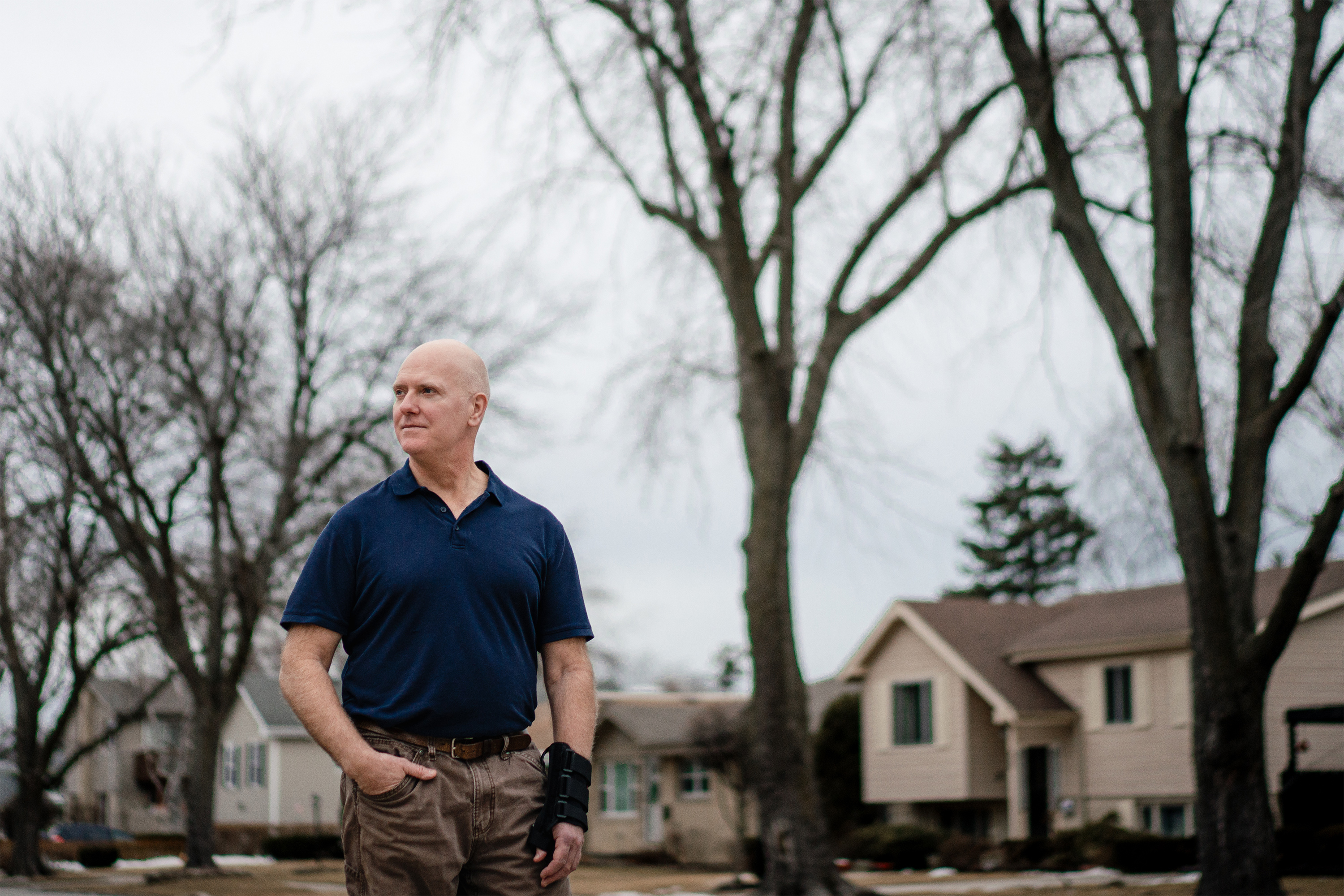
The Takeaway
Short-term plans can be appealing for some people because of the relatively low cost of their premiums, but consumers should read all the plan documents carefully before enrolling. Understand that the plans often won’t cover a full range of benefits, and check to see which services are covered and which are excluded. Check whether a policy includes per-day or per-policy-period dollar caps on coverage or other payout limits.
The federal government offers subsidies based on household income for ACA plans, which can make them comparable in cost to cheaper, short-term plans — but with a wider range of benefits.
In hindsight, Winard said he had not understood the difference between ACA policies and short-term plans.
His advice? Don’t rely solely on marketing materials, and always get a cost estimate, preferably in writing, before a nonemergency procedure like a colonoscopy.
This article was produced by KFF Health News, a national newsroom that produces in-depth journalism about health issues and is one of the core operating programs at KFF — the independent source for health policy research, polling, and journalism.

